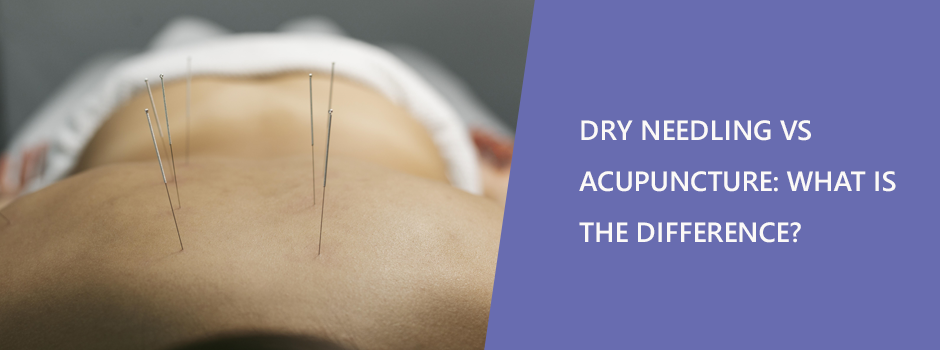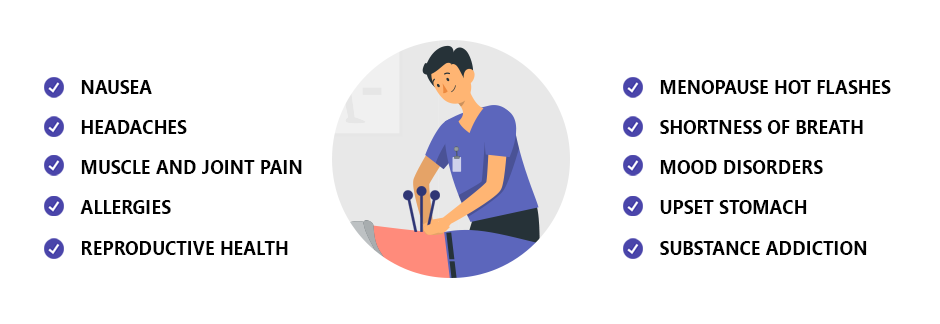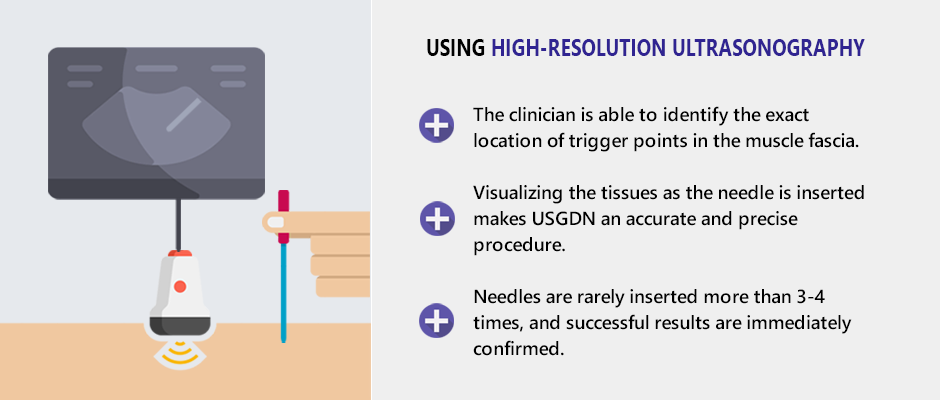Dry Needling vs Acupuncture: What is the Difference?
Healthcare has taken a front row seat in the news over the past three years, thanks to Coronavirus and the excessive overreach surrounding its treatment. With deaths from drug overdoses and vaccine injuries at an all-time high, and medical errors being the third highest cause of death in the US, many people are seeking alternative therapies to treat physical pain and dysfunction.
Acupuncture and dry needling are both alternative outpatient procedures that use long thin non-medicated needles, but that is where their similarities end. Learn the difference between dry needling and acupuncture, and common uses for both.
Acupuncture Therapy: East Meets West
Acupuncture is an ancient form of traditional Chinese medicine (TCM) that has only recently gained wide acceptance in the West. Acupuncture is more than a medical approach — it is an ideology with its roots in Confucianism and Taoism. Its practice targets pressure points that govern the flow of the body’s qi — vital energy fields that support human health.
Theoretically, when energy fields are blocked, pain and illness ensue. Acupuncture — and its cousin, acupressure — stimulates certain pressure points to remove energy blockages and restore good health.
Patients seek acupuncture treatment for numerous conditions:
During an acupuncture session, the practitioner inserts long thin needles into certain acupoints that correspond to the patient’s condition. In all, there are hundreds of acupoints throughout the body, located along 14 major energy meridians. Energy meridians and acupoints were mapped out over 2000 years ago, and are still used today. Successful treatment is highly dependent on the skill and experience of the acupuncturist.
Despite patient testimonials to the efficacy of acupuncture treatment, there is little scientific evidence to support it. Energy meridians are not anatomical structures, and there is no evidence to support the existence of energy conduits in the human body. While hundreds of studies have been done that support its efficacy, evidence for acupuncture remains largely qualitative.
How is Dry Needling Different from Acupuncture?
Like acupuncture, dry needling is an outpatient procedure that uses thin non-medicated needles to penetrate the skin. However, unlike acupuncture, dry needling is evidence-based, supported by a myriad of scientific studies.
While acupuncture supposedly targets pressure points along invisible energy meridians, dry needling targets trigger points in the muscle fascia. Trigger points are tightly contracted groups of muscle fibers that form small knots in the myofascia, often near the musculotendinous junction.
Trigger points arise as a reflexive reaction when muscles are challenged as they lengthen under a load. They can appear in superficial fascia near the skin’s surface, or embedded in deep tissues that cannot be seen or palpated. Active trigger points can cause pain that radiates to other parts of the body, sometimes causing dizziness, numbness and tingling.
The goal of dry needling is to disrupt the contraction by evoking a twitch response in the affected muscle fibers. However, conventional dry needling is performed “blind,” meaning the needles are inserted without the support of visual imaging.
In superficial trigger points that can be easily palpated, blind needle insertion can be fairly accurate. But trigger points embedded in deep tissues cannot be detected by palpation, and blind dry needling becomes completely hit-or-miss, with no concrete way of confirming its success.
Ultrasound Guided Dry Needling (UGDN)
When performed under ultrasound guidance, dry needling is precise and highly effective. Unlike acupuncture or conventional dry needling, UGDN serves as both a diagnostic procedure and a quick and effective treatment modality.
Using high-resolution ultrasonography, the clinician is able to identify the exact location of trigger points in the muscle fascia. Visualizing the tissues as the needle is inserted makes USGDN an accurate and precise procedure. Needles are rarely inserted more than 3-4 times, and successful results are immediately confirmed.
If a successful dry needling procedure releases the trigger point but fails to alleviate symptoms, we know that the trigger points were secondary to the patient’s main pathology, and visualization of their anatomical location provides us with a direct diagnosis.
Acupuncture and conventional dry needling are both performed without rigid diagnostic criteria, and while patients may experience temporary relief of their symptoms, the primary underlying cause may go undetected and worsen over time.
Ultrasound Guided Dry Needling in NYC
NYDNRehab is one of the few private clinics in NYC to feature the highest-resolution expert-class ultrasound equipment available. Dr. Lev Kalika is a renowned expert in UGDN, and has published multiple scientific papers to support its efficacy. Ultrasound guided dry needling is just one of several treatment approaches at NYDNRehab that merge advanced technologies with clinical expertise to optimize patient outcomes.
At NYDNRehab, we treat the patient, not the symptoms. Our unique one-on-one personalized approach to patient care makes NYDNRehab the clinic of choice for injury rehab, musculoskeletal pain, and movement disorders in NYC.
Resource
Anderson, James G., and Kathleen Abrahamson. “Your Health Care May Kill You: Medical Errors.” ITCH. 2017.
Van Hal, Michele, Alexander M. Dydyk, and Michael S. Green. “Acupuncture.” (2018).


























































